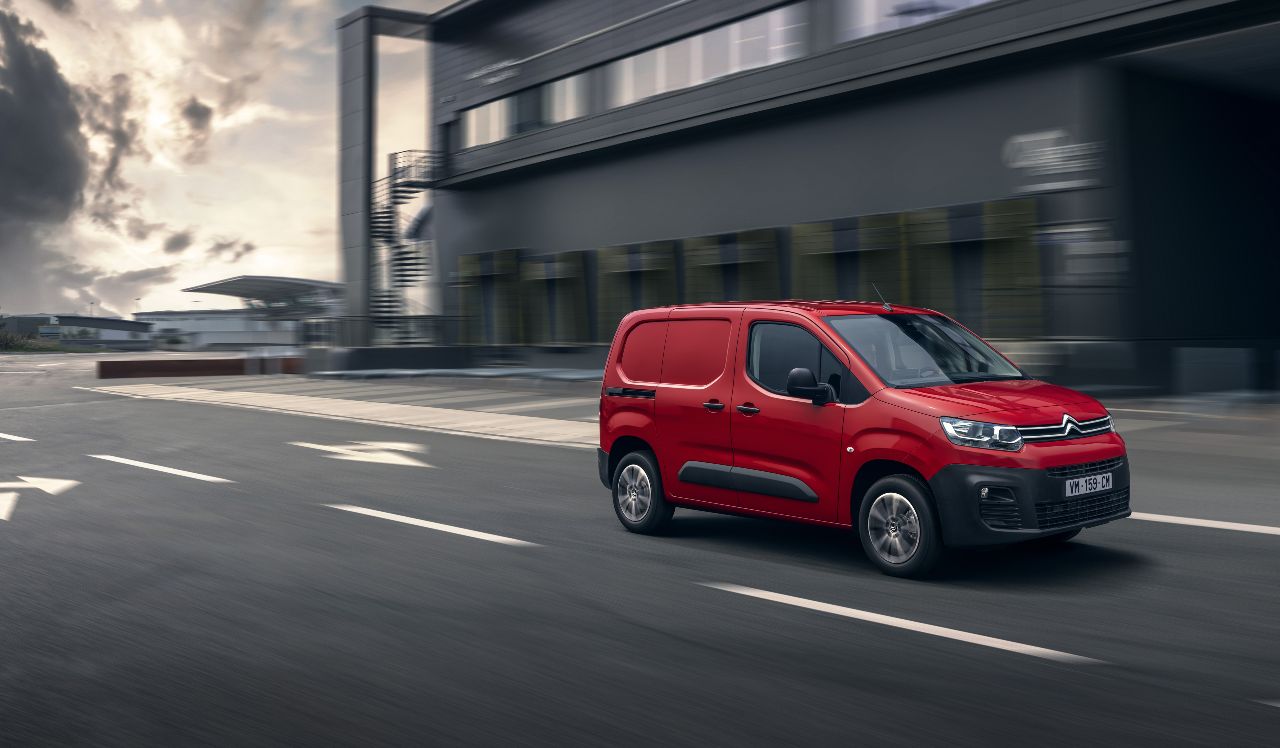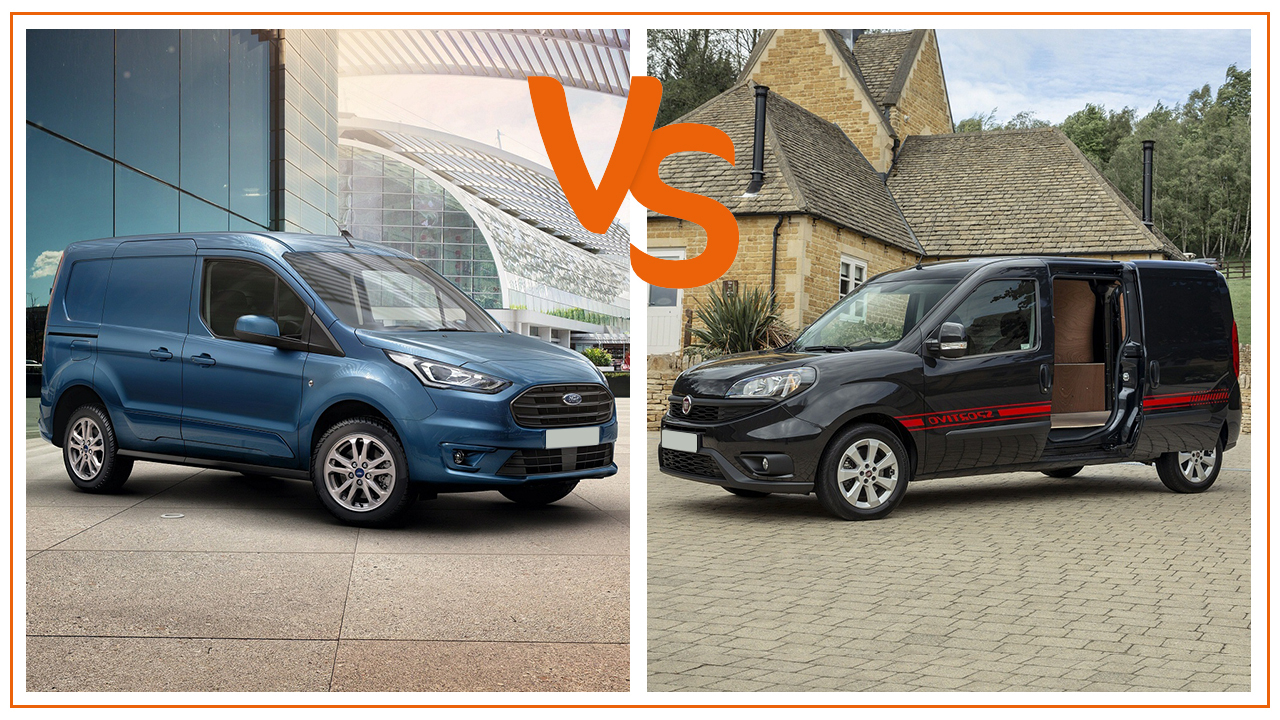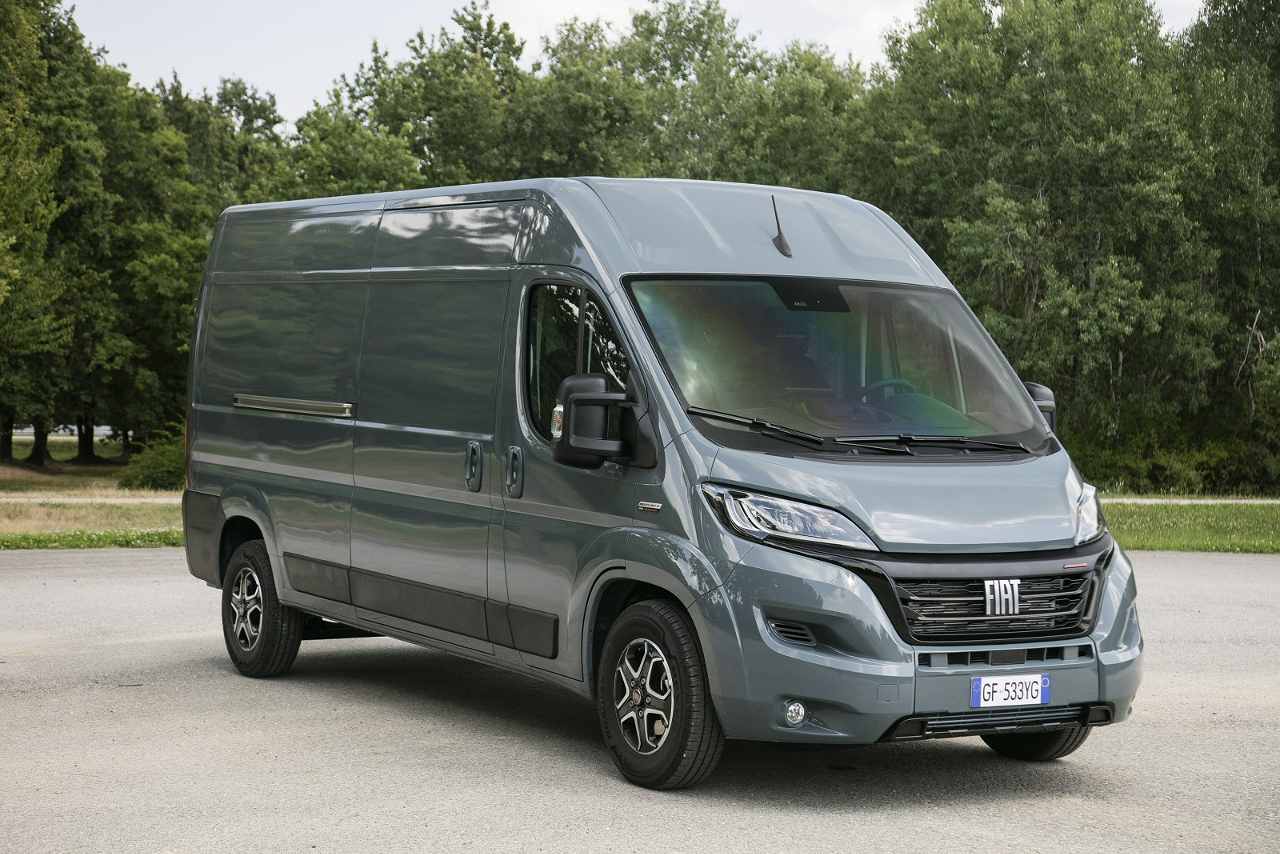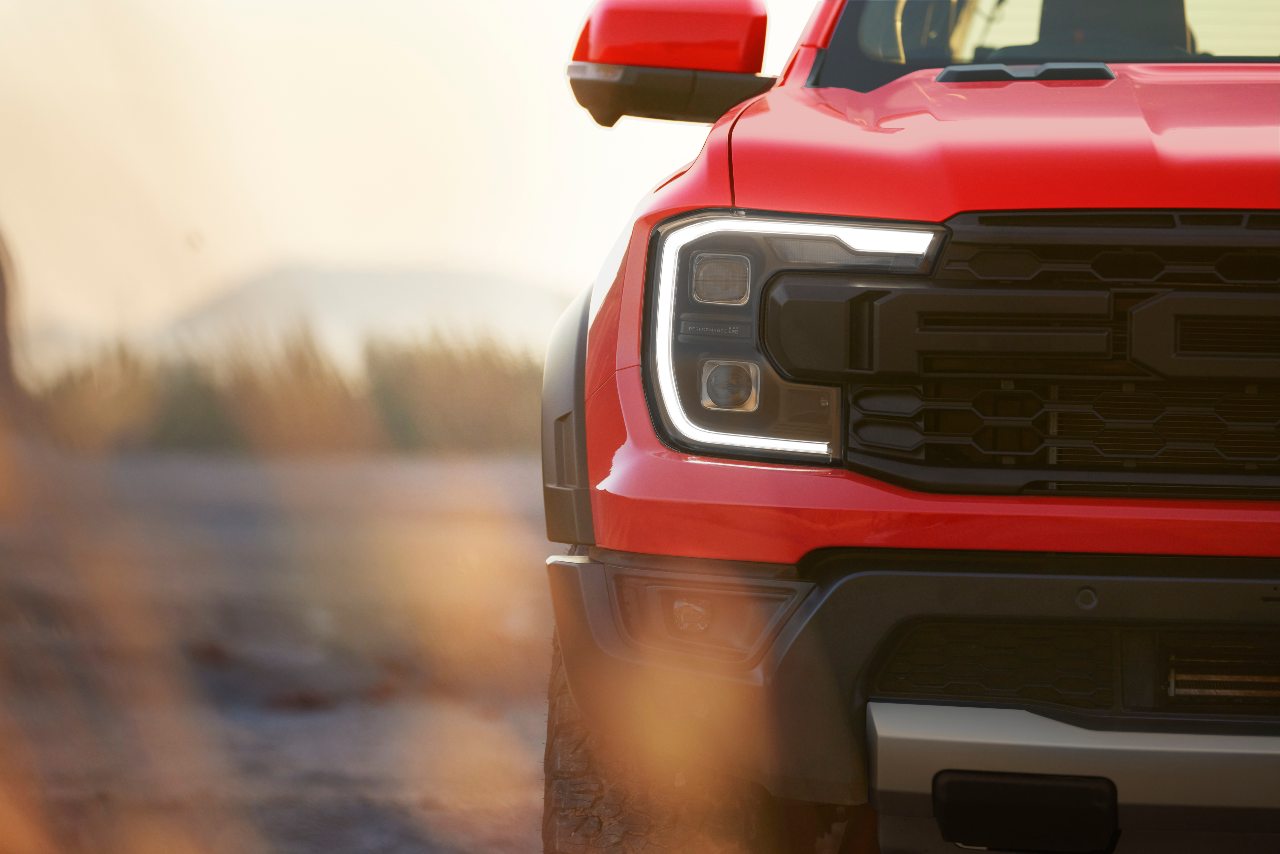The PSA Group manufacturers - Citroen, Peugeot & Vauxhall - each have small & medium vans on the market & they all share the same platforms. Some people assume that means they're all the same vans & complain there's so many of them. That's why we asked Vanarama Van Expert Tom Roberts to explain why the similarities shouldn't matter.
Unless you've never watched one of my reviews, you'll have heard me discuss how much I like the PSA Group medium & small vans. Yes, they share the same platforms, but van platform sharing is just a part of life - for one thing, it's cheaper to share a platform than to develop one from scratch. Besides, manufacturers have been doing it for years & what's always been important is how a manufacturer makes the platform their own.
Made up of Citroen, Peugeot & Vauxhall, the PSA Group has come under fire over the last couple of years with pundits knocking their platform sharing, saying it stamps on innovation by making the design process more rigid. I don't agree, it actually makes them work harder to differentiate the vans. The only valid criticism - at a push - is that if all PSA Group vans use the same platform (with Toyota also using them for their Proace & Proace City vans) then that means 8 vans on the van market have some similarities.
In the medium van sector, the vans we'll be looking at are the Citroen Dispatch, Peugeot Expert, Vauxhall Vivaro & Toyota Proace. In the small van sector, it's the Citroen Berlingo, Peugeot Partner, Vauxhall Combo & Toyota Proace City. Having road tested every single one of them, however, I can tell you that each one has its own look & feel. I'll be the first to admit they do share some things in common… but they're important things.
The (Good) Similarities
The three key areas these vans are most similar - in both the small & medium van groups - are the areas that vans are rated on: their loading bays, engines & cabins. Let's take a look at them in turn:
The loading bays: In both van sizes, you'll find excellent loading bays with plenty of practicality, lashing points & 2 side-sliding doors (which is a major differentiator in the marketplace). In the small vans, the loading bays can carry a maximum payload of up to 1000kg in a maximum load volume of up to 4.4 cubic metres (depending on which version you choose). In the medium vans, their loading bays can carry a class-leading maximum payload of up to 1500kg in a maximum load volume of up to 6.6 cubic metres.
The engines: In the small vans, you have a choice of either 1.5-litre diesels or a 1.2-litre petrol engine (if you like that sort of thing). While the medium vans get either a 1.5-litre or 2.0-litre diesel engine. Most of these engines will offer you realistic efficiency around 40mpg & the AdBlue tanks in these vans are often bigger than those of the competition.
The cabins: Most of the vans follow the same standard layout of cabin (as you'd expect), but that doesn't matter because it's a great layout. Even the small vans feel spacious & the fabrics of the seats feel hard-wearing. The driving height is excellent, the under-seat & overhead storage is generous & the fold-down desks on models fitted with the bench seat is a really nice feature I'd encourage potential leasers to request.
If van platforms can get these 3 things right, any innovations above them is icing on the cake. Practicality, efficiency & comfort are critical points in a van driver's mind - that all 8 of these vans offer them as standard speaks volumes.
Some (Notable) Differences
Now let's take a look at just a few of the excellent places these vans do differ from each other. You know, just to prove the naysayers who dismiss these vehicles as "identical vans".
The Citroen Berlingo was the first: This was the first of the platform sharing small PSA Group vans launched back in 2019. It scooped so many awards for being something different in the small van sector - it was a small van that looked modern, drove excellently & did it all for a great price. This one's noticeable difference is that it was the first of a new breed of small vans where a low price didn't mean compromising on the things that make a good van.
The Peugeot Partner's iCockpit: This small van has one of the most intuitively put together cabins in the small van sector thanks to its using the innovative iCockpit system perfected in Peugeot's passenger cars. Of all the PSA Group small vans, this is the one that seems to get the most praise for having a truly different cabin with a classy steering wheel, nice driving position & ergonomic layout - take a closer look & you'll see why.
The Vauxhall Combo's traction control: The Vauxhall Combo makes good use of an excellent traction control system on the centre console. You twist the knob to the terrain you're on - snow, mud, sand, grit - & the van intelligently shifts about its workings to make sure you stay stuck to the road.
Made in the UK: The Vauxhall Vivaro, Citroen Dispatch & Peugeot Expert medium vans are all made right here in the UK at Vauxhall's manufacturing plant in Luton. I've been there, I've seen them being made (it was awesome) & I can attest to how well put together they are.
And believe me when I say that I could go on & on.
Tom's Takeaways
You know what I'm going to say. Stop listening to people who tell you to dismiss these vans because they share the same platforms. Yes, there's a lot of them, but platform sharing happens all over the van sector & for good reason. It's cheaper to platform share than to develop your own - the manufacturers save money & therefore so do customers because they're not passing those costs on.
The PSA Group developed their small & medium van platforms to make affordable & durable vans for the mass markets across Europe. They've succeeded. Their vans are still hoovering up awards left, right & centre, & they're selling like hot cakes. Check them out, ignore the naysayers & let me know what you think. Happy hunting.
If you enjoyed this blog, check out this one comparing the Nissan e-NV200 & Maxus eDeliver 3 electric vans, or check out our special offers on brand new van leases.










